The name Enrico Caruso comes up regularly on these pages. His career was in its prime in the late 1910’s, just as both radio and audio recording were coming of age.
He was first on the air in 1914, and in 1915, his voice appeared on what was probably one of the first “pirate” radio broadcasts.
110 years ago today, Caruso earned another distinction, namely, being a survivor of the 1906 San Francisco earthquake.
He was on tour in San Francisco and had appeared in Carmen at the Mission Opera House just hours before the quake. On that Wednesday morning at about 5:00, he wwas awakened to the bed rocking “as though I am in a ship on the ocean, and for a moment I think I am dreaming that I am crossing the water on my way to my beautiful country.”
As the shaking continued, he went to a window, where he witnessed the buildings crumbling around him. His valet rushed to his room and advised him to get dressed and go quickly into the open. His valet gave him some clothes and they rushed to the street. The valet hauled six trunks to the street, where someone tried to take them away. When the man didn’t go away, Caruso identified himself to a soldier, and the solder advised the man to “skiddoo.”
After wandering the city for the day, Caruso found some friends, and wound up sleeping in the open that night. The valet managed to contract with a cart, who took the party to the Oakland Ferry. From Oakland, he was able to catch a train to New York.
Read More at Amazon
References
Caruso in The Sketch, London, July 1, 1906.
Click Here For Today’s Ripley’s Believe It Or Not Cartoon
![]()


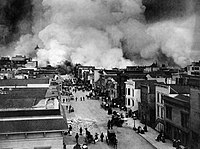
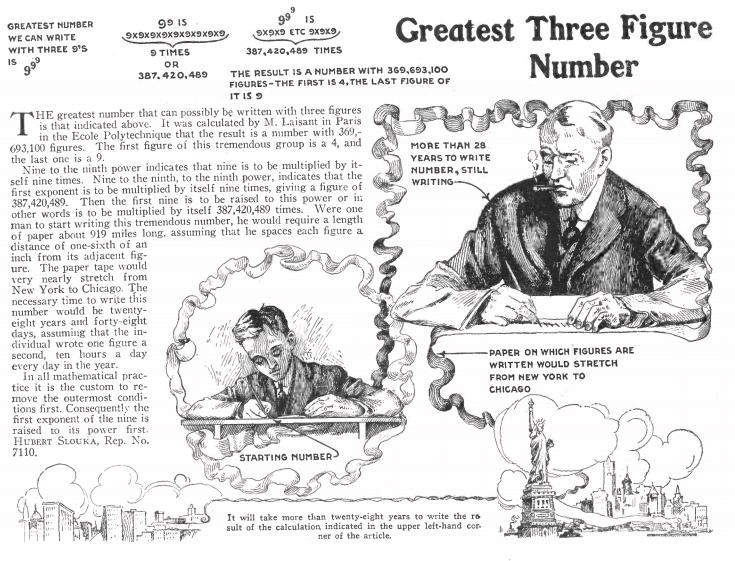


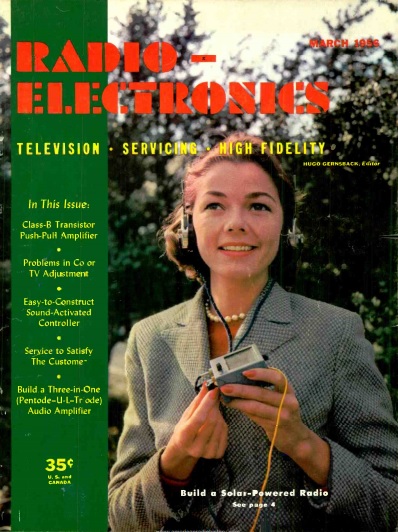
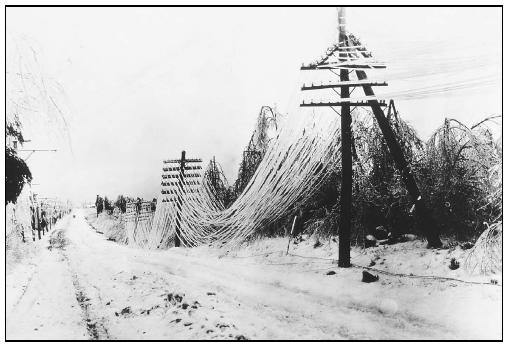
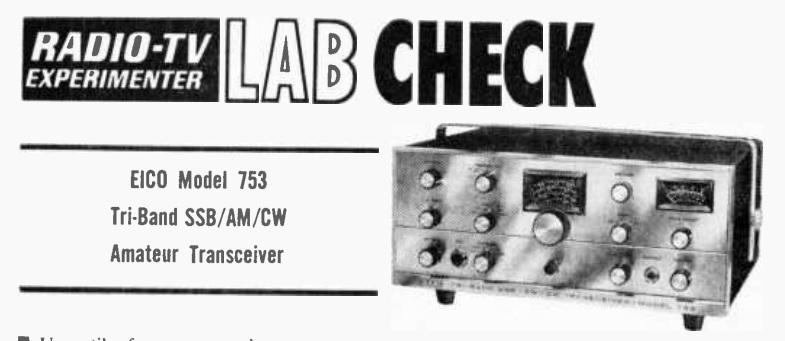
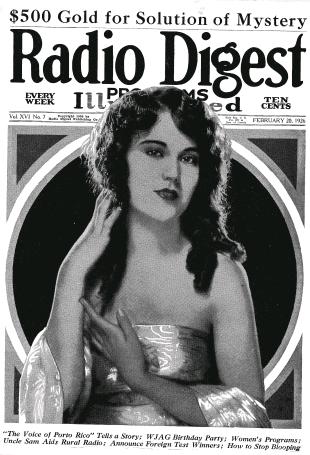
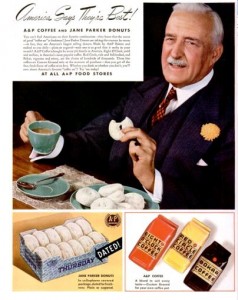
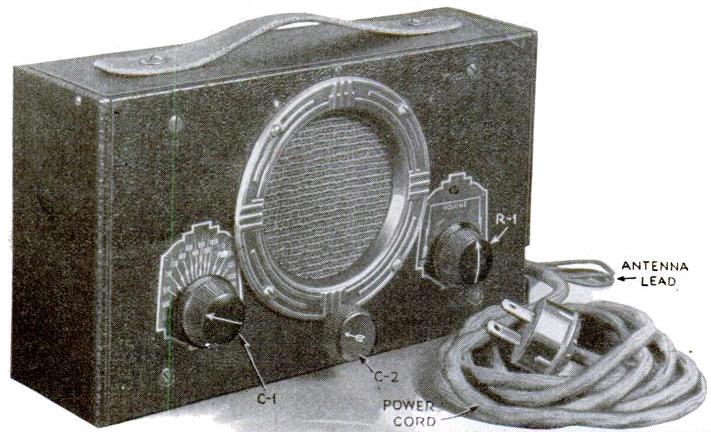

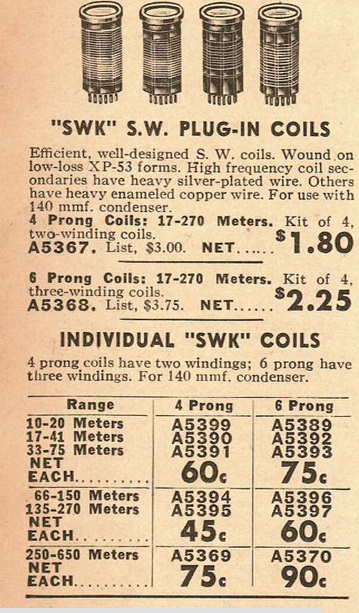 Many of the vintage receivers described here require plug-in coils, such as the ones shown in the image at the left. Back in the day, these were readily obtainable in common sizes. And as the February 1941 issue of
Many of the vintage receivers described here require plug-in coils, such as the ones shown in the image at the left. Back in the day, these were readily obtainable in common sizes. And as the February 1941 issue of